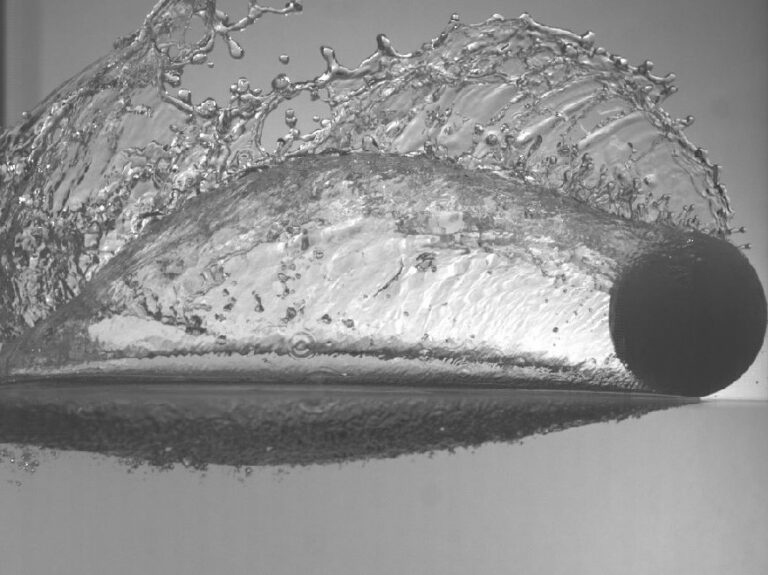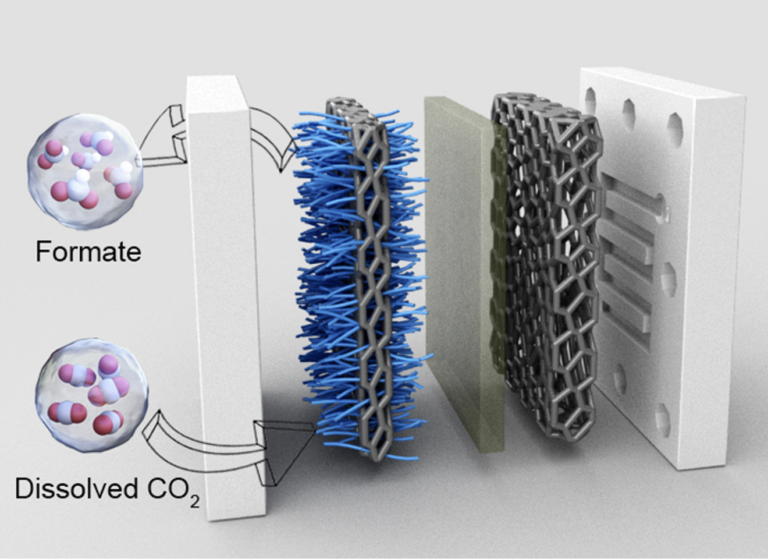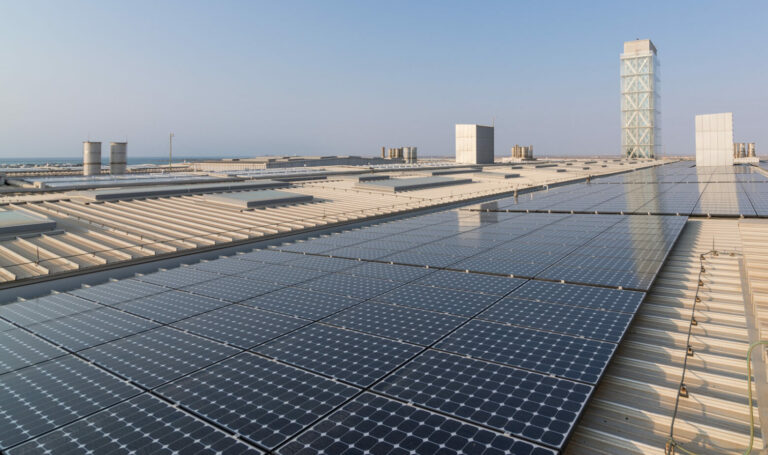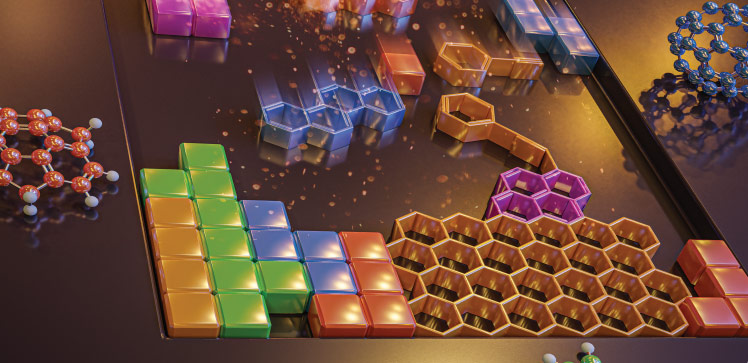Mechanical Engineering
Giving drones a lift
Simulations show that an actuated jet of air from the wing can dramatically improve the aerodynamic performance of micro-aircraft such as drones.

A promising control mechanism with the potential to significantly enhance aerodynamic stability for micro-aircraft has been developed by researchers from KAUST.
Maintaining stable flight for miniature aircraft such as drones can be very difficult because rapid changes in direction and relatively slow air speeds reduce lift and can cause craft to stall.
Through detailed simulations, KAUST post-doctoral fellow Wei Zhang and Professor of Mechanical Engineering Ravi Samtaney confirmed that a promising control mechanism called a synthetic jet has the potential to significantly enhance aerodynamic stability for micro-aircraft1.
“Micro-air vehicles usually operate at low air speeds,” Samtaney said, “so the airfoils have to be pitched at a high angle of attack in order to generate sufficient lift. However, this can also cause flow separation, usually with dire consequences such as dynamic stall.”
Flow separation occurs when the airflow over the wing leaves its surface and fails to recombine with the flow under the wing on its trailing edge. At high angles of attack, where the wing is pitched upward with respect to the airflow, flow separation can become a problem and cause micro-aircraft to fall out of the sky.
Engineers have developed what is known as a synthetic jet, by which a pulsed jet of air is expelled from the leading edge of the wing to interrupt the eddies and vortices that cause flow separation. It was unclear, however, whether the synthetic jet would be as effective for micro-airfoils at low air speed and high angles of attack as it might be for larger aircraft.
“We conducted direct numerical simulations using Shaheen, KAUST’s massively parallel supercomputer, to resolve all flow scales,” noted Samtaney. “This approach is the most reliable, fundamental and accurate numerical method to compute turbulence. Other methods simply do not give accurate results for flow unsteadiness, separation or turbulent intensity.”
Zhang and Samtaney, both experts in computational fluid dynamics and turbulence, found that turbulence was reduced, lift increased and general aerodynamic performance improved by using the synthetic jet, resulting in a reduction in both the size and duration of flow separation.
They also discovered that the vortex modes affected by the jet varied depending on the jet pulse frequency, indicating the potential for adaptive stability control.
“Our theoretical work indicates that a synthetic jet has much potential for improved control of micro-aircraft,” Samtaney stated. “Practical applications in micro-aircraft will be challenging, but are likely to be possible using microelectromechanical system technologies.”
References
- Zhang, W. & Samtaney, R. A direct numerical simulation investigation of the synthetic jet frequency effects on separation control of low-Re flow past an airfoil. Physics of Fluids 27, 055101 (2015).| article
You might also like

Mechanical Engineering
Dancing droplets’ new spin on water harvesting

Mechanical Engineering
Underwater air pockets smooth out the bumps

Chemistry
Squeezing more from carbon dioxide

Applied Mathematics and Computational Sciences
Balancing renewable energy systems in Saudi buildings

Mechanical Engineering
Droplets reach lift-off

Mechanical Engineering
Laser imaging helps clean fuels live up to their reputation

Mechanical Engineering
Smarter sensor sniffs out target gases

Mechanical Engineering



